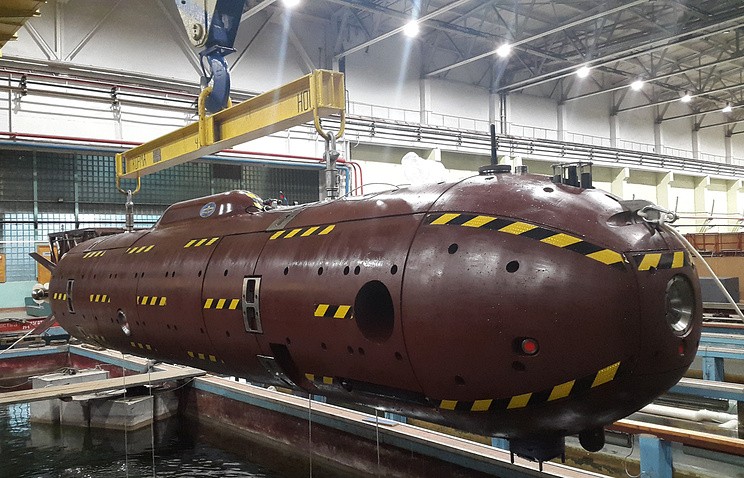

In August of 2000, Russian Oscar-class submarine the Kursk suffered an immense internal explosion that sank the boat and killed everyone in compartments one through five, where the nuclear reactor was housed. While catastrophic failure during combat is probably the more likely grim ending, the scenario that grips my imagination is the slow death of a foundering vessel in deep water, beyond rescue, with drowning or suffocating as the only options. Which means it could sink without anyone on the surface witnessing the event. It thrives in the water, and can go for weeks at a time without surfacing. Side note to would-be tour guides: never tell a 7-year-old that the body of water you’re currently sailing upon “never gives up her dead.” Nightmares for years.Ī submarine, however, is meant to be submerged. I’ve long had an irrational fear of the entirety of Lake Superior because I once sailed over the location where the Edmund Fitzgerald went down. The fear of shipwrecks makes sense on some level, because a ship doesn’t go down unless something terrible happened. Hell, I once sucked in a lungful of water while snorkeling when I panicked at the sight of a sunken rowboat in less than 7 feet of water. That is, an irrational fear of submerged man-made objects. They also trigger my favorite worst type of fear: submechanophobia.
Russian typhoon class submarine swimming pool free#
They trigger a sense of claustrophobia and a loss of free will, and the thought of touring the ocean inside of one fills my chest with a fluttery panic. The Typhoons are slated to be replaced with the Borei class starting in 2007.Soviet Typhoon class submarine in dry dock.Īs is typical when I fixate on a topic, the interest is born out of a primal fear.

Only the first of these submarines to be constructed, the Dmitry Donskoi, is still in service with the Russian Navy, serving as a test platform for the Bulava (SS-NX-30) missile currently under development. The construction of an additional vessel (hull number TK-210) was canceled and never completed. Names were later assigned to the four vessels retained by the Russian Navy, which were sponsored by either a city or company. Originally, the submarines were designated by hull numbers only. Six Typhoon class submarines were built, with each carrying 20 R-39 missiles (SS-N-20) with a maximum of 10 MIRV nuclear warheads each. High internal volume also allows Typhoon class submarines to provide good conditions for their crews, including rooms for relaxation, sauna and swimming pool. This also greatly increases their survivability - even if one pressure hull is breached, the crew members in the other are safe and there is less potential for flooding. In the main body of the sub, two Delta class titanium pressure hulls lie parallel with a third, smaller pressure hull above them (which protrudes just below the sail), and two other pressure hulls for torpedoes and steering gear. Typhoon class submarines feature multiple pressure hulls that simplify internal design while making the vessel much wider than a normal submarine. A Typhoon class submarine can stay submerged for periods up to 180 days in normal conditions, and potentially more if necessity arises (e.g. This is partly due to the vessels' large size, which allows them to minimize noise caused by water.īesides their missile armament, the Typhoon class features six torpedo tubes two are designed to handle RPK-2 (SS-N-15) missiles or Type 53 torpedoes, and the other four are designed to launch RPK-7 (SS-N-16) missiles, Type 65 torpedoes, or mines. Typhoon submarines are among the quietest sea vessels in operation, being quieter and yet more maneuverable than their predecessors. It is sometimes confused with other submarines, as Akula is the name NATO uses to designate the Russian Project 971 Shchuka-B class attack submarines. The Typhoon class was developed under Project 941 as the Russian Akula class, The NATO reporting name stems from the use of the word 'typhoon' by Leonid Brezhnev in a 1974 speech while describing a new type of nuclear ballistic missile submarine. With a maximum displacement of 26,000 tons, Typhoons are the largest class of submarine ever built. The Typhoon class submarine is a type of nuclear-powered ballistic missile submarine deployed by the Soviet Navy in the 1980s. Photoshop templates for each detail are available for download. Dashboard controls have their own textures. A detailed model of the SSGN-941 Typhoon, complete with texture sets, all components, engine, and landing gears, are parented and pivoted for animation.Īll major surface textures are 4096 in greatest dimension.Ĭolor, maps provided.


 0 kommentar(er)
0 kommentar(er)
